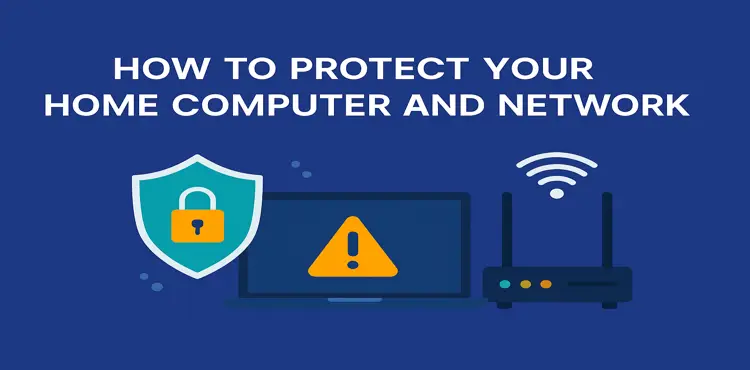The Importance of SIEM in Modern Cybersecurity
In the era of rising cyber threats, securing your organization goes far beyond firewalls and antivirus software. As businesses grow and rely more on digital infrastructure, detecting, analyzing, and responding to threats in real time has become essential. This is where SIEM (Security Information and Event Management) steps in.
In this article, we’ll explore what SIEM is, why it’s crucial for businesses today, and how it helps enhance security, streamline compliance, and improve response times to potential cyberattacks.
What Is SIEM?
Moder CyberSecurity SIEM is a security solution that collects, analyzes, and correlates data from multiple systems across your IT environment. It provides real-time visibility into activities and alerts you to unusual or suspicious behavior.
Key Functions of SIEM:
- Log collection from devices, servers, and applications
- Real-time threat detection and alerts
- Correlation of events from multiple sources
- Security incident investigation
- Compliance reporting
Popular SIEM tools include Splunk, IBM QRadar, Microsoft Sentinel, and Elastic SIEM.
Why SIEM Is Important in Cybersecurity
1. Centralized Visibility
Modern Cybersecurity SIEM platforms collect and aggregate data from across your entire infrastructure—cloud, endpoints, servers, and networks—into a single dashboard. This gives your security team complete visibility over what’s happening in real time.
2. Real-Time Threat Detection
A well-configured SIEM detects suspicious activity like brute-force login attempts, malware infections, data exfiltration, and lateral movement—often before damage is done.
3. Faster Incident Response
When a threat is detected, SIEM helps teams respond faster with context-rich alerts, forensic data, and automated workflows. This drastically reduces the time between detection and containment.
4. Compliance Made Easy
SIEM tools are critical for meeting industry regulations like HIPAA, PCI-DSS, GDPR, and SOC 2. They provide prebuilt reporting templates and audit trails for compliance.
5. Improved Forensics and Root Cause Analysis
In case of a breach, SIEM platforms provide deep insights into what happened, when, and how—helping you understand the root cause and prevent future attacks.
Industries That Benefit Most from SIEM
- Financial Services: Monitor fraud, insider threats, and regulatory compliance.
- Healthcare: Protect patient records and meet HIPAA standards.
- Retail and E-commerce: Secure payment systems and customer data.
- Education: Monitor access to sensitive research and student data.
- Government and Defense: Detect nation-state attacks and secure classified systems.
Challenges of Implementing SIEM (and How to Overcome Them)
1. Complex Setup & Tuning
SIEM tools require configuration, rule tuning, and continuous optimization to avoid false positives. Many organizations use Managed SIEM providers to handle this complexity.
2. Data Overload
Without proper filters, SIEM can generate a high volume of alerts. Proper event correlation and AI-based analysis can reduce noise and prioritize threats.
3. Skilled Resources Required
Running a SIEM effectively often requires a dedicated security team. If your in-house resources are limited, outsourcing to a SOC (Security Operations Center) is a great alternative.
SIEM vs. XDR vs. SOAR — What’s the Difference?
| Feature | SIEM | XDR | SOAR |
|---|---|---|---|
| Purpose | Log analysis & correlation | Threat detection across endpoints | Automated response |
| Data Sources | Logs from multiple systems | Endpoint, network, cloud | SIEM + other security tools |
| Use Case | Threat detection & compliance | Unified threat response | Workflow automation |
SIEM is often the foundation upon which XDR and SOAR systems build.
Final Thoughts: SIEM Is a Must-Have for Modern Cyber Defense
As threats grow more sophisticated and frequent, SIEM has become a core pillar of cybersecurity strategy. Whether you’re managing a hybrid environment, handling sensitive data, or trying to stay compliant, SIEM gives you the visibility, detection, and response capabilities needed to stay ahead of threats.
If you’re not leveraging SIEM yet, now is the time to explore your options—before a threat slips through unnoticed.
🚀 Need Help Choosing or Managing a SIEM Solution?
Our security experts can help you assess, implement, or manage a SIEM platform tailored to your business. Contact us today for a free consultation!




